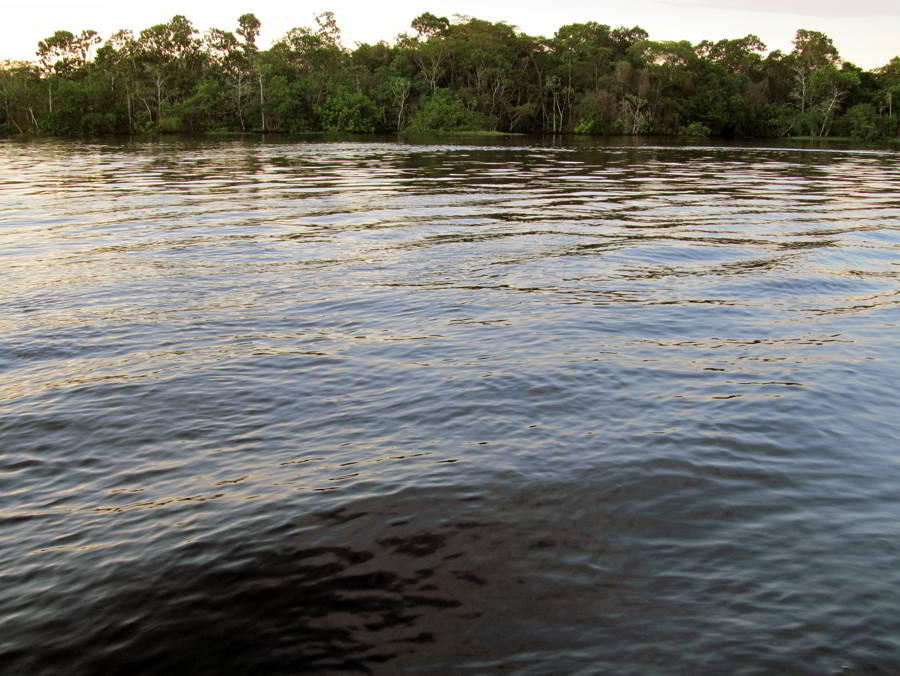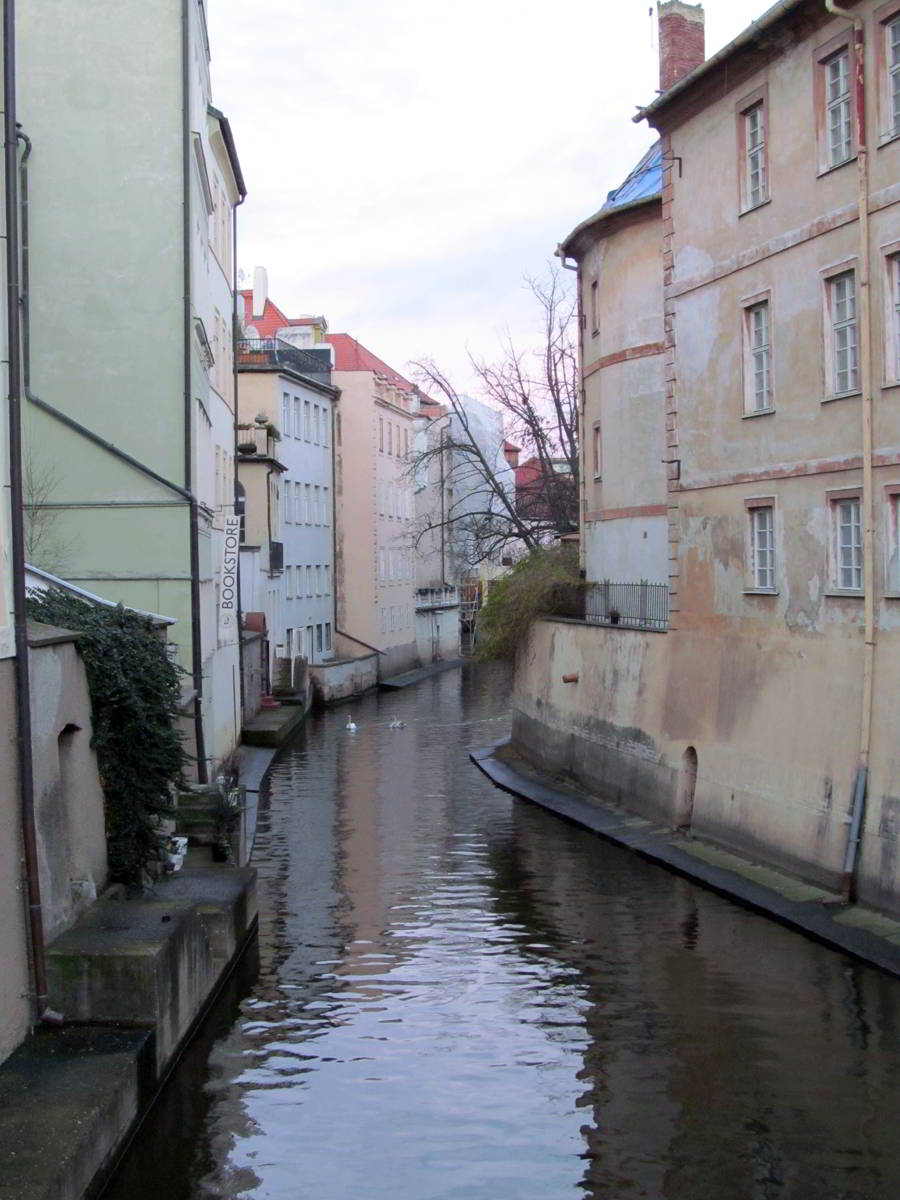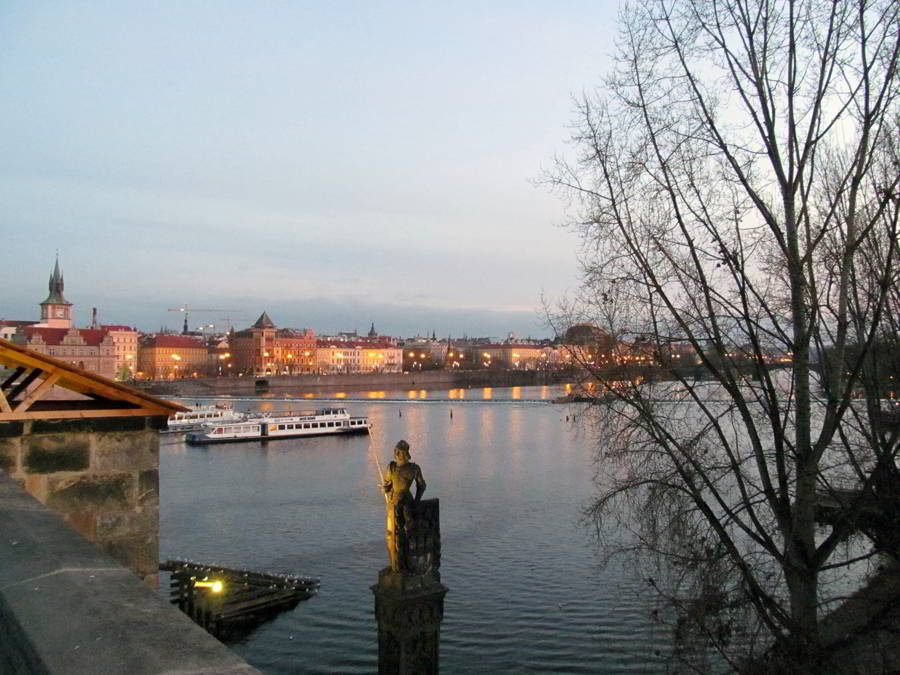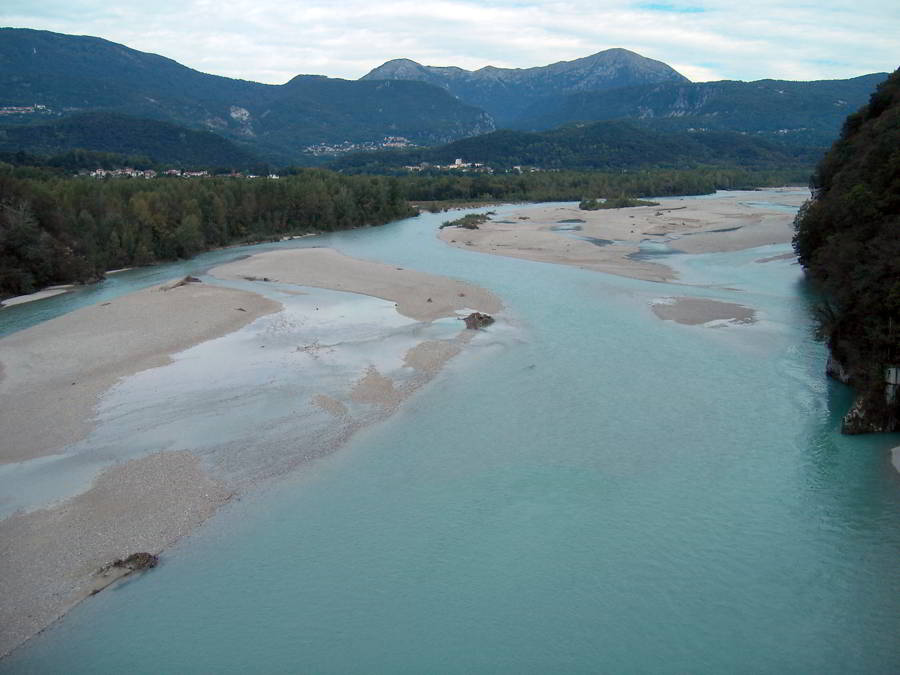News
08.05.2019
Just one-third of the world’s longest rivers remain free-flowing
First ever global assessment of the location and extent of the planet’s remaining free-flowing rivers highlights severe degradation, and offers a method for tracking the status of free-flowing rivers over time
- Only 37% of the world’s longest rivers remain free-flowing
- Nearly 60,000 large dams exist worldwide, with more than 3,700 currently planned or under construction
- Climate change is a growing threat to river health worldwide, both from direct impacts and as countries increasingly turn to hydropower as a renewable energy option
Just over one-third (37%) of the world’s 246 longest rivers remain free-flowing, according to a new study published in the scientific journal Nature. Dams and reservoirs are drastically reducing the diverse benefits that healthy rivers provide to people and nature across the globe.
A team of 34 international researchers from McGill University, World Wildlife Fund (WWF), and other institutions assessed the connectivity status of 12 million kilometers (~7.5 million miles) of rivers worldwide, providing the first ever global assessment of the location and extent of the planet’s remaining free-flowing rivers.
Among other findings, the researchers determined only 21 of the world's 91 rivers longer than 1,000 km (~600 miles) that originally flowed to the ocean still retain a direct connection from source to sea. The planet’s remaining free-flowing rivers are largely restricted to remote regions of the Arctic, the Amazon Basin, and the Congo Basin.
“The world’s rivers form an intricate network with vital links to land, groundwater, and the atmosphere,’’ said lead author Günther Grill of McGill’s Department of Geography. ‘’Free-flowing rivers are important for humans and the environment alike, yet economic development around the world is making them increasingly rare. Using satellite imagery and other data, our study examines the extent of these rivers in more detail than ever before.”
Dams and reservoirs are the leading contributors to connectivity loss in global rivers. The study estimates there are around 60,000 large dams worldwide, and more than 3,700 hydropower dams are currently planned or under construction. They are often planned and built at the individual project level, making it difficult to assess their real impacts across an entire basin or region.
“Rivers are the lifeblood of our planet,” said Michele Thieme, lead freshwater scientist at WWF and global leader of WWF’s free-flowing rivers initiative. “They provide diverse benefits that are often overlooked and undervalued. This first-ever map of the world’s remaining free-flowing rivers will help decision makers prioritize and protect the full value rivers give to people and nature.”
Healthy rivers support freshwater fish stocks that improve food security for hundreds of millions of people, deliver sediment that keeps deltas above rising seas, mitigate the impact of extreme floods and droughts, prevent loss of infrastructure and fields to erosion, and support a wealth of biodiversity. Disrupting rivers’ connectivity often diminishes or even eliminates these critical ecosystem services.
Protecting remaining free-flowing rivers is also crucial to saving biodiversity in freshwater systems. Recent analysis of 16,704 populations of wildlife globally showed that populations of freshwater species experienced the most pronounced decline of all vertebrates over the past half-century, falling on average 83 percent since 1970.
The study also notes that climate change will further threaten the health of rivers worldwide. Rising temperatures are already impacting flow patterns, water quality, and biodiversity. Meanwhile, as countries around the world shift to low-carbon economies, hydropower planning and development is accelerating, adding urgency to the need to develop energy systems that minimize overall environmental and social impact.
“Renewable energy is like a recipe – you have to find the right mix of ingredients to have both a sustainable energy grid and a thriving natural world,” said Thieme. “While hydropower inevitably has a role to play in the renewable energy landscape, well-planned wind and solar energy can be more viable options for rivers and the communities, cities, and biodiversity that rely on them.”
The international community is committed to protect and restore rivers under Agenda 2030 for Sustainable Development, which requires countries to track the extent and condition of water-related ecosystems. This study delivers methods and data necessary for countries to maintain and restore free-flowing rivers around the world.
Visit freeflowingrivers.org for more information on free-flowing rivers and an interactive map of the world's rivers.
Contributing institutions:
McGill University, WWF-US, WWF-NL, WWF-UK, WWF-Mediterranean, WWF-India, University of Basel, Joint Research Centre (JRC), WWF-China, WWF-Canada, WWF-Zambia, WWF Greater Mekong Programme, The Nature Conservancy, University of Nevada, WWF-Malaysia, IHE Delft, WWF- Germany and HTWG Konstanz, King’s College London, Umeå University, Swedish University of Agricultural Sciences, University of Washington, Harvard University, University of Wisconsin-Madison, Conservation International, WWF-Mexico, WWF International, Stanford University, Leibniz-Institute of Freshwater Ecology and Inland Fisheries (IGB), Freie Universität Berlin, WWF-Brazil, Eberhard Karls University of Tübingen.
First ever science-based definition of a free-flowing river:
Rivers where ecosystem functions and services are largely unaffected by changes to fluvial connectivity allowing an unobstructed exchange of water, material, species, and energy within the river system and with surrounding landscapes.
World Wildlife Fund press release
Publication:
G. Grill, B. Lehner, M. Thieme, B. Geenen, D. Tickner, F. Antonelli, S. Babu, P. Borrelli, L. Cheng, H. Crochetiere, H. Ehalt Macedo, R. Filgueiras, M. Goichot, J. Higgins, Z. Hogan, B. Lip, M. McClain, J-H. Meng, M. Mulligan, C. Nilsson, J.D. Olden, J. Opperman, P. Petry, C. Reidy Liermann, L. Saenz, S. Salinas-Rodríguez, P. Schelle, R.J.P. Schmitt, J. Snider, F. Tan, K. Tockner, P.H. Valdujo, A. van Soesbergen, C. Zarfl: Mapping the world’s free-flowing rivers. Nature, 9 May 2019, https://doi.org/10.1038/s41586-019-1111-9.
Contact:
Prof. Dr. Christiane Zarfl
University of Tübingen
Center for Applied Geosciences – Environmental Systems Analysis
+49 7071 29-76076
christiane.zarflspam prevention@uni-tuebingen.de





